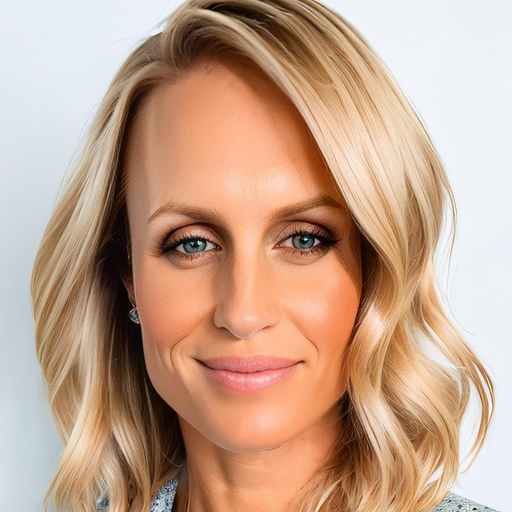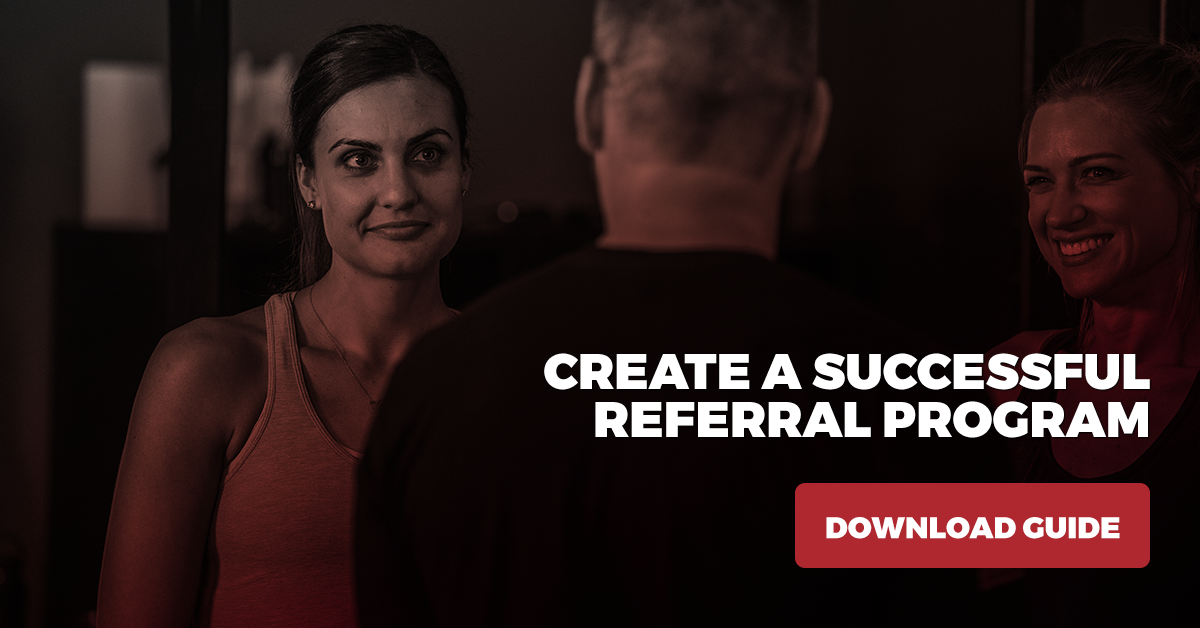Increase Members at Your Fitness Business with a Referral Program


If you’re like many of Zen Planner’s customers, you’re always looking to do more, grow more and reach more people. A question we hear a lot is, “how can I continue to grow my fitness business?” You’d expect to hear this as the average fitness business sees “natural” turnover of at least 20% per year from members moving to a new neighborhood, changing financial circumstances or life events such as having a child.
In order to remain viable, most fitness businesses need to attract at least 20% more new members to counteract “natural” churn. Once you add in the competition for the fitness dollar in the form of new studios, bootcamps, CrossFit boxes and the expansion of offerings in traditional gyms, some businesses may see churn of upwards of 50%. These kinds of numbers mean it is critical to constantly attract new members.
Get your free 7-Step Guide to Creating a Successful Referral Program
We’ve talked a lot about how you can do this using local listings, Facebook advertising and PPC campaigns. A referral program is yet another way to attract and retain new members.
You may be thinking, “I’ve done a referral program in the past and it didn’t work.” I’d challenge you to dive into why it didn’t work. Did you promote it enough? Did you engage your members and fire them up about referring your business? I’d also argue that there are quite a few reasons to start or reignite a referral program. These include:
Word of Mouth Marketing
When one of your members has a good experience and then tells their friends and peers about that experience, that person-to-person connection is way more valuable than a review on Yelp. You can’t replace word-of-mouth marketing with any paid program.
Early problem detection
If you feel like one of your gym members is unwilling to refer his or her friends or colleagues to your fitness business, this gives you an opportunity to find out what’s going on to see if you may need to make changes. Does she not love your new instructors? Did the recent format change of a new class make her reevaluate attending? Is she finding the music during workout grating? Finding out someone isn’t completely satisfied is your opportunity to turn things around.
Relatively low cost
We’ve seen fitness businesses spend upwards of $1000 per month on PPC, Facebook ads and other paid promotions. Even if you pay both the gym member and the referee some sort of premium for joining your gym or school, it will likely still be much less costly than paid channels. Plus, if someone joins your fitness business because of a friend that is already there, she is much more likely to stay a member long-term since she has the added motivation of seeing a friendly face each day.
Now that you’re thinking about starting a referral program, here are a few things to think about before you launch your program.
Do you want to reward just the gym member or the gym member and the person they’ve referred?
We’ve seen our customers do both. At Zen Planner, we reward both the customer who refers a new customer and the new customer. (Shameless plug: If you are a Zen Planner customer who is reading this and you do know of a colleague that could use our software, please consider referring us!)
Think about your target market and persona.
We’ve seen many gyms and studios offer gift cards, discounted memberships or a free week. All of these offers may work well, but I’d challenge you to think of other types of offers that may fire up your target audience. For example, a CrossFit box I attended gave the top member who referred the most friends a crown for a month and was publicly recognized at the monthly happy hour. This kind of gift cost almost nothing, but was a badge of pride at my gym. What could you offer that wouldn’t directly cut into your bottom line?
How will you measure your program?
I’m a big believer in always measuring what’s working and what’s not. Before you launch a program, figure out how you’ll track referrals. Ideally, you’ll want to do this in your fitness business software and create a referral “lead source.” You can then run a report on weekly or monthly basis to see how the referral program is performing.
Once you’ve determined your target audience, reward for referrals and who you’ll reward, you’re ready to launch. I’d suggest you advertise your program in a few ways:
- Newsletter
- Social and Website
- Business Cards
- Your Staff
- Recignize Contributors
Another way to get referrals is to use Sweat Angels, a Zen Planner partner. The way the program works is that every time a member checks into your gym on Facebook, your gym makes a donation to your charity of choice. This is often a perfect incentive to get members excited about checking into your gym. The member isn’t “showing off” about their workout, they are instead checking in to support a worthy cause. And, since each member likely has about 100 friends on Facebook, just 10 members checking in a day will expose your business to 1,000 potential new members.
We’d love to hear how your referral program. Tell us what’s worked for you in the past in the comments section below.
Get step-by-step tips on building, promoting and tracking the performance of your referral program in our free guide, 7-Step Guide to Creating a Successful Referral Program.

I’m Coach Kelli, a devoted CrossFit gym owner with 15 years of experience managing my facility, along with owning yoga studios and wellness centers. Beyond the fitness world, I have a passion for cooking, cherish moments with my children and family, and find joy in spending time outside. Having experienced the highs and lows, I’m dedicated to leveraging my expertise to help you grow and succeed on your fitness journey.

I’m Coach Kelli, a devoted CrossFit gym owner with 15 years of experience managing my facility, along with owning yoga studios and wellness centers. Beyond the fitness world, I have a passion for cooking, cherish moments with my children and family, and find joy in spending time outside. Having experienced the highs and lows, I’m dedicated to leveraging my expertise to help you grow and succeed on your fitness journey.








